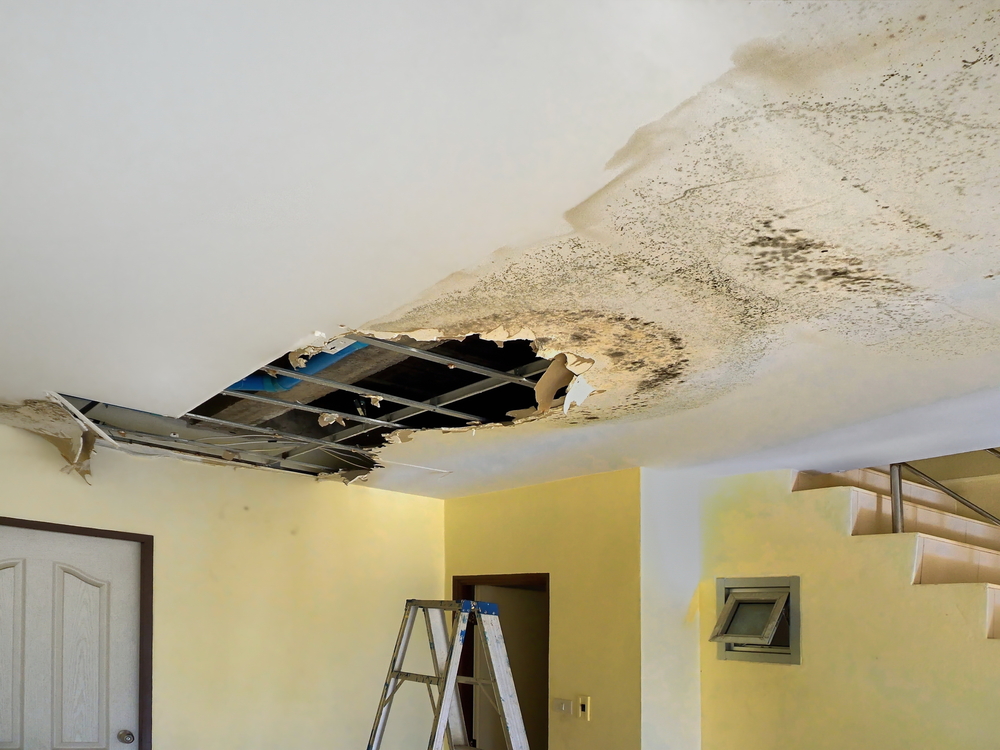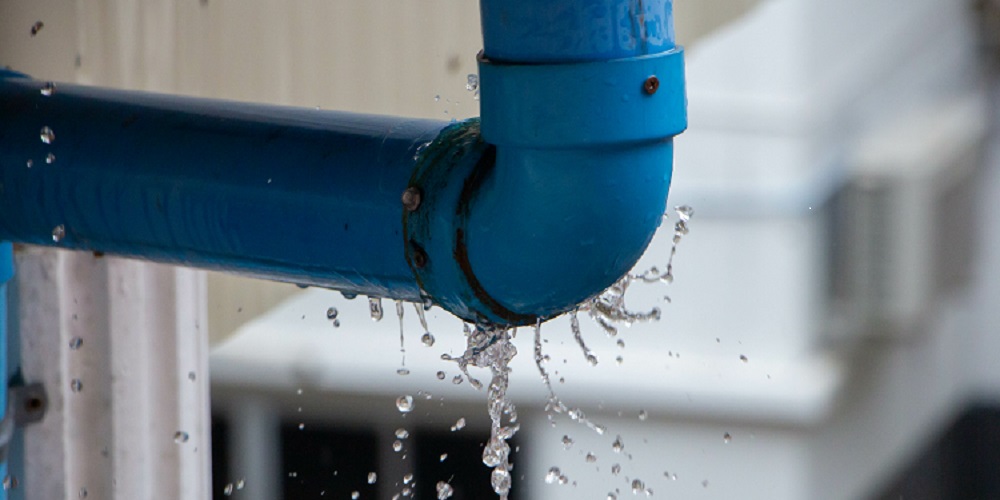How to Inspect If Your Home Has a Hidden Leakage
How to Inspect If Your Home Has a Hidden Leakage
Blog Article
What're your opinions about Detecting hidden plumbing leaks?

Early discovery of dripping water lines can alleviate a prospective catastrophe. Some small water leaks might not be visible.
1. Analyze the Water Meter
Every residence has a water meter. Inspecting it is a surefire manner in which helps you find leakages. For beginners, turn off all the water resources. Guarantee no person will purge, use the faucet, shower, run the washing equipment or dishwashing machine. From there, most likely to the meter and watch if it will change. Since no person is utilizing it, there ought to be no motions. If it moves, that shows a fast-moving leak. Furthermore, if you spot no changes, wait a hr or 2 and examine back again. This implies you might have a slow leakage that can even be below ground.
2. Check Water Usage
Analyze your water costs and track your water usage. As the one paying it, you must notice if there are any inconsistencies. If you find sudden changes, despite your usage coinciding, it means that you have leakages in your plumbing system. Remember, your water costs need to fall under the exact same variety each month. An unexpected spike in your bill shows a fast-moving leakage.
Meanwhile, a steady boost monthly, despite the exact same habits, reveals you have a slow-moving leakage that's likewise gradually intensifying. Call a plumber to completely check your residential or commercial property, especially if you feel a cozy area on your flooring with piping underneath.
3. Do a Food Coloring Examination
30% comes from commodes when it comes to water intake. Test to see if they are running appropriately. Drop flecks of food shade in the container as well as wait 10 mins. There's a leak between the container and also bowl if the color somehow infiltrates your dish during that time without flushing.
4. Asses Outside Lines
Don't neglect to inspect your exterior water lines too. Should water seep out of the link, you have a loosened rubber gasket. One little leakage can squander tons of water as well as increase your water bill.
5. Examine the situation as well as evaluate
Property owners must make it a routine to examine under the sink counters as well as also inside cupboards for any bad odor or mold growth. These two warnings indicate a leakage so timely interest is required. Doing routine assessments, also bi-annually, can conserve you from a significant issue.
Examine for discolorations and weakening as most home appliances and pipelines have a life span. If you presume dripping water lines in your plumbing system, don't wait for it to rise.
Early detection of dripping water lines can reduce a potential calamity. Some little water leakages may not be noticeable. Inspecting it is a surefire means that assists you find leakages. One small leak can lose loads of water and surge your water costs.
If you suspect leaking water lines in your plumbing system, do not wait for it to escalate.
WARNING SIGNS OF WATER LEAKAGE BEHIND THE WALL
PERSISTENT MUSTY ODORS
As water slowly drips from a leaky pipe inside the wall, flooring and sheetrock stay damp and develop an odor similar to wet cardboard. It generates a musty smell that can help you find hidden leaks.
MOLD IN UNUSUAL AREAS
Mold usually grows in wet areas like kitchens, baths and laundry rooms. If you spot the stuff on walls or baseboards in other rooms of the house, it’s a good indicator of undetected water leaks.
STAINS THAT GROW
When mold thrives around a leaky pipe, it sometimes takes hold on the inside surface of the affected wall. A growing stain on otherwise clean sheetrock is often your sign of a hidden plumbing problem.
PEELING OR BUBBLING WALLPAPER / PAINT
This clue is easy to miss in rooms that don’t get much use. When you see wallpaper separating along seams or paint bubbling or flaking off the wall, blame sheetrock that stays wet because of an undetected leak.
BUCKLED CEILINGS AND STAINED FLOORS
If ceilings or floors in bathrooms, kitchens or laundry areas develop structural problems, don’t rule out constant damp inside the walls. Wet sheetrock can affect adjacent framing, flooring and ceilings.
https://www.servicemasterbyzaba.com/blog/how-to-detect-water-leakage-in-walls/

I stumbled upon that blog posting on Locating water leaks when doing a search on the search engines. Are you aware of another individual who is very much interested in the subject? Feel free to promote it. I love reading our article about Top leak detection hacks.
Report this page